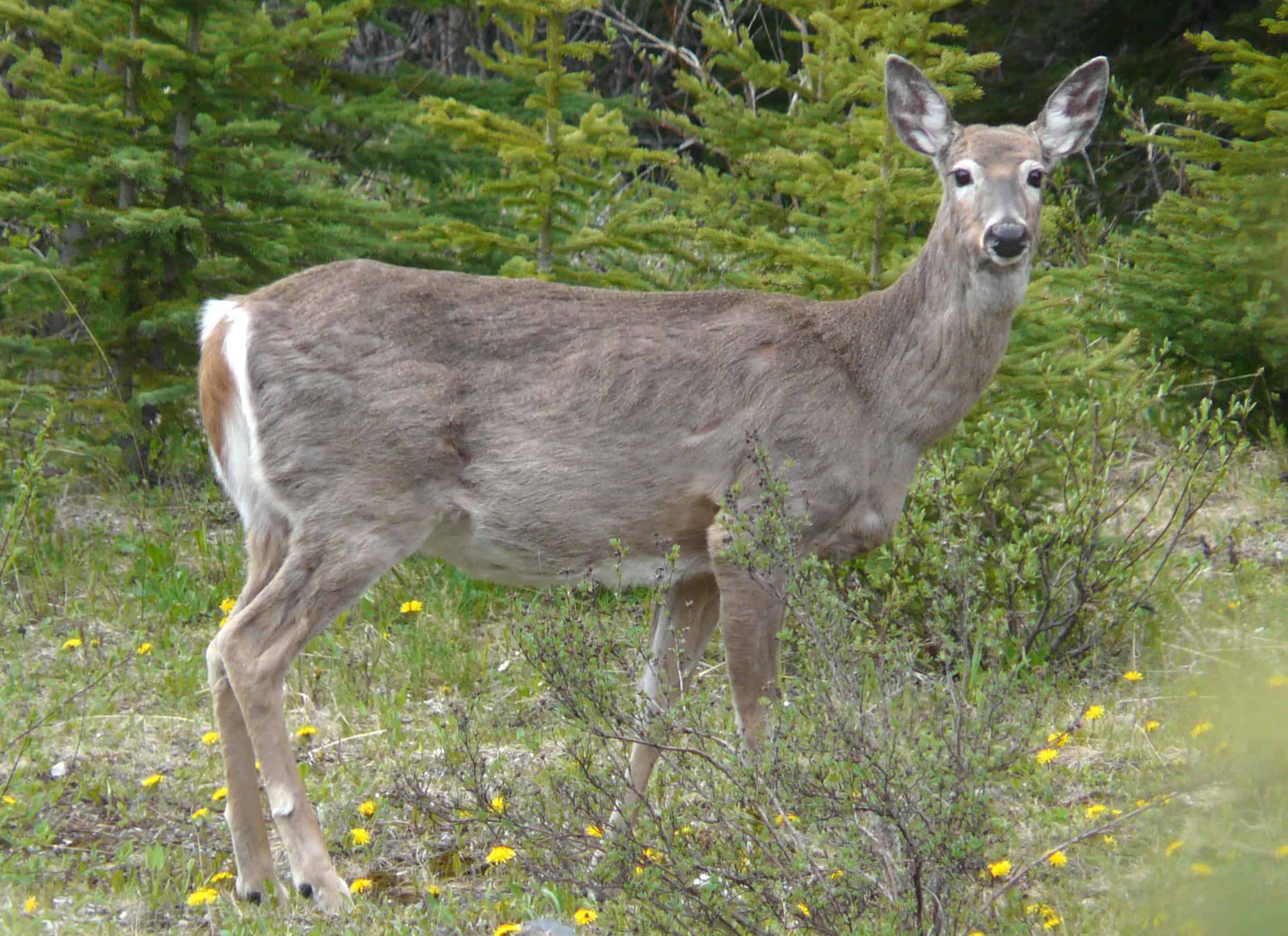Share this article
Northwest Missouri students gain invaluable field experience
From tracking endangered species to writing for the Missouri Conservationist magazine over the summer, members of The Wildlife Society’s Northwest Missouri State University Student Chapter gained field experience through interning at wildlife organizations and assisting with research across Missouri and as far away as Utah.
After summer break, they returned eager to learn about wildlife and get back in the field through volunteer opportunities, like those at Loess Bluffs National Wildlife Refuge, which they took advantage of this semester.
The first large event of the semester — that members agree was by far the most fun — was assisting with catching and tagging monarch butterflies at the Missouri refuge. Fourteen students traveled to the refuge on what began as a dreary, rainy Saturday with the hopes of at least spotting several monarchs, given poor weather conditions. Luckily for students, the rain halted.
Northwest’s students captured 110 of the 160 monarchs tagged at the event. Student chapter treasurer Ryan Dawson captured the most, with a total of 15. His success is largely thanks to his stumbling upon a heavily-roosted tree, which he and several others capitalized off of. After capturing the butterflies, students transported them back to the tagging station and placed them in a holding cage. They then observed David Laderoute, the regional coordinator for Monarchs and Pollinators Network, tag and record each monarch before releasing them. They data they collected was sent to Kansas University where it will assist biologists in understanding and tracking the incredible migration of monarchs.
Also at Loess Bluffs, a handful of members joined volunteers from the Missouri Western State University Student Chapter and the community for a tree-planting project on October 19, in which they planted 286 saplings, including bur oak, pink oak, shagbark and shellbark hickory, and black walnut. The refuge received a grant from the National Wild Turkey Federation to plant these trees to increase forest diversity, in order to increase habitat and food resources for deer, turkey and other wildlife.
The student chapter also worked closely with the Missouri Department of Conservation (MDC), most recently staffing a deer check station for MDC over the opening weekend of firearms deer season. This annual event gives students valuable experience both with data collection and interacting with the public. Twenty-seven students, including student chapter members and other Northwest biology students, manned the station at Thomas Farm Quality Meats in Ridgeway, Missouri. They collected data on the county and date of harvest, estimated age and eye-to-nose measurements. They removed lower incisors from the deer and passed them on to MDC to determine the precise age of each individual animal. MDC will use this data and others collected statewide to assist them in monitoring deer populations and setting hunting regulations.
Members also gained experience with data collection by assisting in conducting quail and pheasant surveys at Bilby Ranch Lake Conservation Area for several weeks in October. Wildlife Biologist Phillip Boyer trained students on the site and dispersed them to points across the 26,000-acre conservation area. Due to its large size, MDC manages Bilby Ranch, which was once home to one of the largest livestock operations in the U.S., for quail and especially pheasant. Annual surveys allow MDC to monitor their populations, giving insight into whether conservation efforts are working and to assisting in setting hunting limits.
Student chapter president Taylor Jones, treasurer Ryan Dawson, and member Katie Rusk assisted MDC Fisheries Management Biologist Tory Mason with checking fish traps in Smithville Lake earlier this fall, just outside of Kansas City. Traps were set in an effort to monitor crappie populations in the 7,190-acre reservoir.
A group of members also attended Prairie Days, hosted by MDC and the Nature Conservancy, in early September at Dunn Ranch Prairie. This event educates the public about native prairie ecosystems and prairie restoration. Members learned about birds, butterflies, wildflowers, and even went on wagon tours of the Dunn Ranch Prairie bison herd.
The student chapter also helped with Eagle Days at Loess Bluffs in early December. In the months to come, they look forward to attending the Missouri Natural Resources Conference, receiving CPR certifications, building and putting up bat houses and being involved in a variety of other wild learning experiences.
Header Image: Tagged monarch. ©Ryan Haggerty








